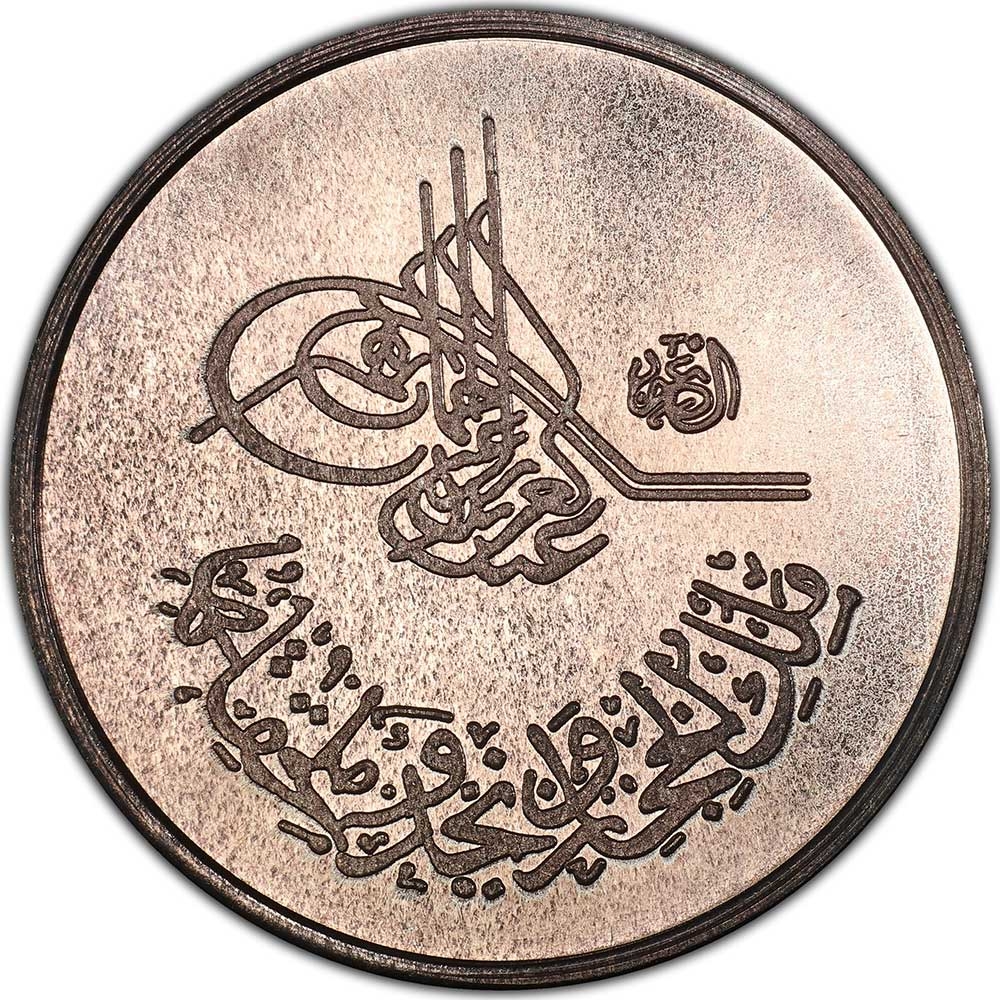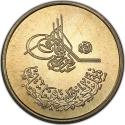You are about to finish your registration. Please check your mailbox (including spam folder). There should be a letter with a confirmation link. Check setting to make sure that your e-mail address is correct.
Send letter againDescription
Abdulaziz bin Abdul Rahman Al Saud (1875–1953), known in the West as Ibn Saud, was the founder and first king of Saudi Arabia, the "third Saudi state", reigning from 23 September 1932 to his death. He had ruled parts of the kingdom as early as 1902, having previously been the emir, sultan, and king of Nejd and the king of Hejaz.
He reconquered his family's ancestral home city of Riyadh in 1902, starting three decades of conquests that made him the ruler of nearly all of central and north Arabia. He consolidated his control over the Nejd in 1922, then conquered the Hejaz in 1925. He extended his dominions into what later became the Kingdom of Saudi Arabia in 1932. As King, he presided over the discovery of petroleum in Saudi Arabia in 1938 and the beginning of large-scale oil production after World War II. He fathered many children, including 45 sons, and all of the subsequent kings of Saudi Arabia.
Obverse

|
Depicts Tughra in Abdulaziz bin Abdul Rahman Al Saud's name, with Al Saud on the right above and عبد العزيز بن عبد الرحمن ال سعود |
|---|---|
Reverse

|
Legend "One Qirsh" above numeral value, date below. قرش واحد |
| Edge |







